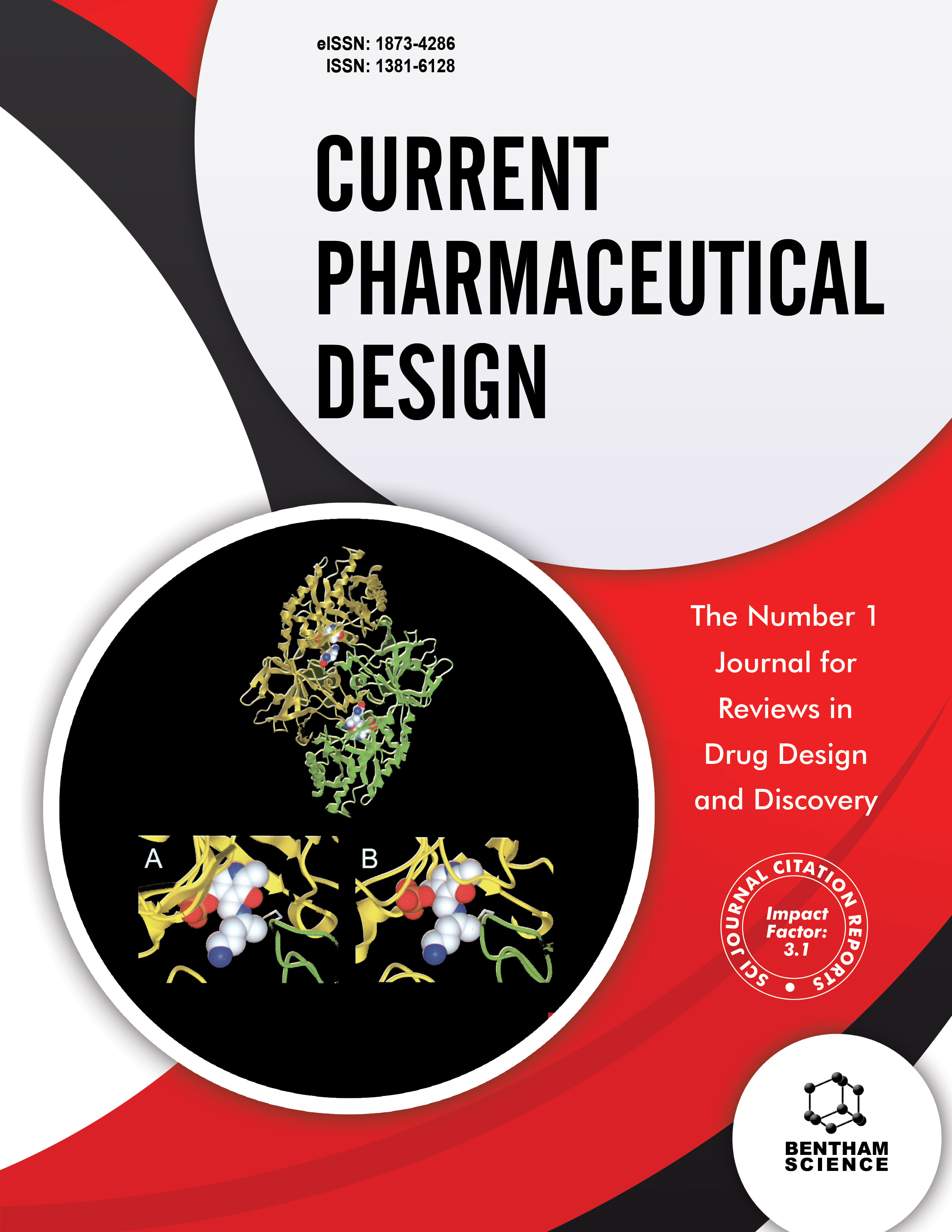-
oa Editorial [ Hot Topic: Therapeutic Potential of Peptide Motifs - Part III (Executive Editor: Jean-Claude Herve) ]
- Source: Current Pharmaceutical Design, Volume 16, Issue 9, Mar 2010, p. 1021 - 1023
-
- 01 Mar 2010
- Previous Article
- Table of Contents
- Next Article
Abstract
The production of new molecular entities endowed with salutary medicinal properties is a formidable challenge; synthetic molecules that can bind with high sequence specificity to a chosen target in a protein or gene sequence are of major interest in medicinal and biotechnological contexts. The general awareness of the importance of peptides in physiology and pathophysiology has markedly increased over the last few years. With progresses in the analysis of whole genomes, the knowledge base in gene sequence and expression data useful for protein and peptide analysis has drastically increased. The medical need for relevant biomarkers is enormous. Peptides have a number of advantages over small molecules in terms of specificity and affinity for targets, and over antibodies in terms of size. This is particularly true for the many types of cancers, but also for other diseases, e.g. type 2 diabetes or cardiac diseases, which also lack adequate diagnostic markers with high specificity and sensitivity. Imaging technologies for early detection of diseases, proteomic and peptidomic multiplex techniques have markedly evolved in recent years. Peptides can indeed be regarded as ideal agents (as “magic bullets”) for diagnostic and therapeutic applications because of their fast clearance, rapid tissue penetration, and low antigenicity, and also of their easy production, allowing innumerable biological applications. They can easily be engineered to improve their biological activities as well as their stability and their efficient delivery to specific targets. This third themed issue of Current Pharmaceutical Design, for which I have the honour to be Executive Guest Editor, addresses topical issues to some of these potential utilizations of peptide motifs for a variety of genetic and acquired diseases. Antimicrobial peptides are an essential part of innate immunity that evolved in most living organisms over 2.6 billion years to combat microbial challenges. These small peptides are multifunctional as effectors of innate immunity on skin and mucosal surfaces, representing a physical and chemical barrier against pathogen invasion, with a direct antimicrobial activity against various bacteria, viruses, fungi, and parasites, limiting pathogen growth in normal conditions. Moreover, they also possess additional roles in the regulation of adaptive immune responses, by recruiting or stimulating immune cells. Marie-Helene Metz-Boutigue, Peiman Shooshtarizadeh, Gilles Prevost, Youssef Haikel and Jean-François Chich [1] provide an up-to-date overview of the expression and the biological roles of the antimicrobial peptides found in the skin and gastrointestinal mucosa of the host in normal and pathological conditions. Despite recent advances in treatment modalities, cancer remains a major source of morbidity and mortality throughout the world. The development of novel anticancer treatments will be dependent on the ability to modulate cellular pathways that are aberrant in cancer cells as well as the capacity to refine the molecular diagnosis of the tumour and to create guided drugs able to target the tumour while sparing surrounding healthy tissues. This requires tumour-specific binding agents to probe the tumour cell surface phenotype and to customize treatment accordingly by conjugating the appropriate cell-targeting ligand to an anticancer drug. Kathlynn C. Brown [2] discusses the recent advances in the isolation of cancer-targeting peptides by unbiased biopanning methods and highlights the use of the isolated peptides in clinical applications. Membrane proteins account for a third of all proteins encoded in the human genome and protein-protein interactions play crucial roles in a number of biological processes, including viral self-assembly, cell proliferation, growth, differentiation, signal transduction, cell adhesion and programmed cell death. Studies of the structure and functions of transmembrane domains of membrane proteins are however difficult compared to the ones of water-soluble regions due to the lack of exogenous agents that can recognize them with high affinity and specificity. Tina X. Zhao, Alexander J. Martinko, Vy H. Le, Jing Zhao and Hang Yin [3] present the recent developments in using probing agents to specifically target transmembrane regions of proteins and study how they interact within their native environments as well as with nearby transmembrane segments.


